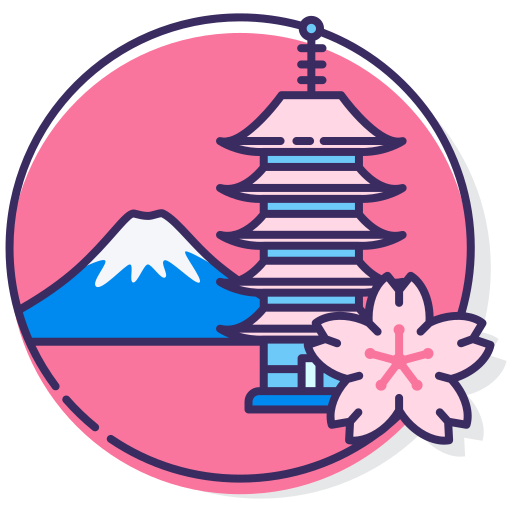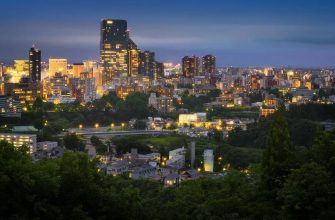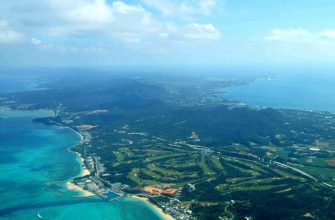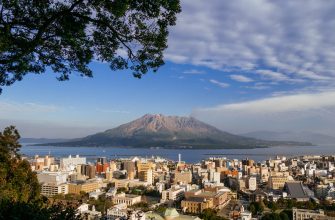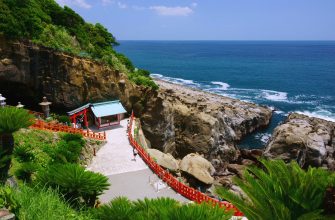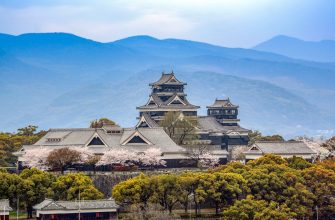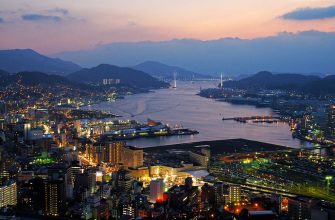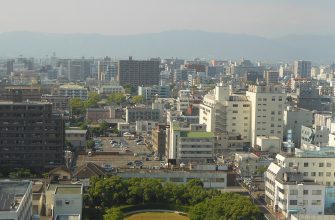Nestled on Kyushu Island’s eastern shores, Oita Prefecture beckons travelers with its blend of historical landmarks, steamy onsens, and idyllic rural landscapes. A favored destination among adults and families alike, the region sees a consistent influx of visitors eager to immerse themselves in its tranquil hot springs, explore its verdant mountains, and sample the local culinary delights.
With its popularity evidenced by a high volume of page views and positive traveler ratings, Oita’s allure is no secret. Groups of varying sizes find themselves drawn to its cities, like the famed Beppu or the charming Yufuin, each offering a unique experience steeped in culture and tradition. From bustling festivals to serene temple visits on Kunisaki Peninsula, the experiences in Oita are as diverse as they are fulfilling, promising memories captured in countless photos and cherished long after the journey ends.
Overview of Oita Prefecture
- Location: Nestled on Kyushu Island, Japan.
- Capital: Oita City serves as the gateway to the prefecture.
- Natural Beauty: Celebrated for expansive scenic vistas.
- Hot Springs: Renowned destinations with high-quality onsens.
- Gastronomy: A food enthusiast’s delight with local specialties.
- Points of Interest: Oita Castle Ruins Park, with panoramic city and mountain views.
- Experiences: A blend of cultural heritage and contemporary attractions.
Travel Options for Oita
Air Transit to Oita
Reaching Oita via air is convenient for travelers from outside Japan or distant cities. Upon landing at either Haneda or Fukuoka International Airport, guests have the option to board a connecting flight to Oita Airport, situated near Kunisaki City. Available airliners include Japan Airlines and ANA. From Oita Airport, onward travel to various locations can be accomplished by either bus or taxi.
Rail Journey to Oita
Rail transport offers seamless access to Oita with multiple stations dotting the prefecture. Adventurers departing from Tokyo can embark on a Shinkansen to Kokura Station and subsequently switch to a local train for the final leg to Oita. The total travel time is around 5 hours. Those setting out from Osaka can similarly hop on the Kyushu Shinkansen to Kokura and then a local train, with an overall journey duration of about 3 hours.
Overland Bus Travel to Oita
For those prioritizing economy, an overland bus journey presents an affordable alternative. Various operators, including Willer Express and JR Bus, ply routes to Oita from multiple origins across Japan. Time and fares for these journeys will fluctuate based on the chosen departure location and preferred bus service.
Prominent Urban Areas in Oita Prefecture
Metropolitan Hub: Oita
Oita City serves as the prefectural capital and an ideal starting point for visitors. Among its iconic sights is the historical Oita Castle Ruins Park, which presents panoramic views and insights into the region’s past. Art enthusiasts can venture to the Oita Prefectural Art Museum, notable for its modern artistic expressions.
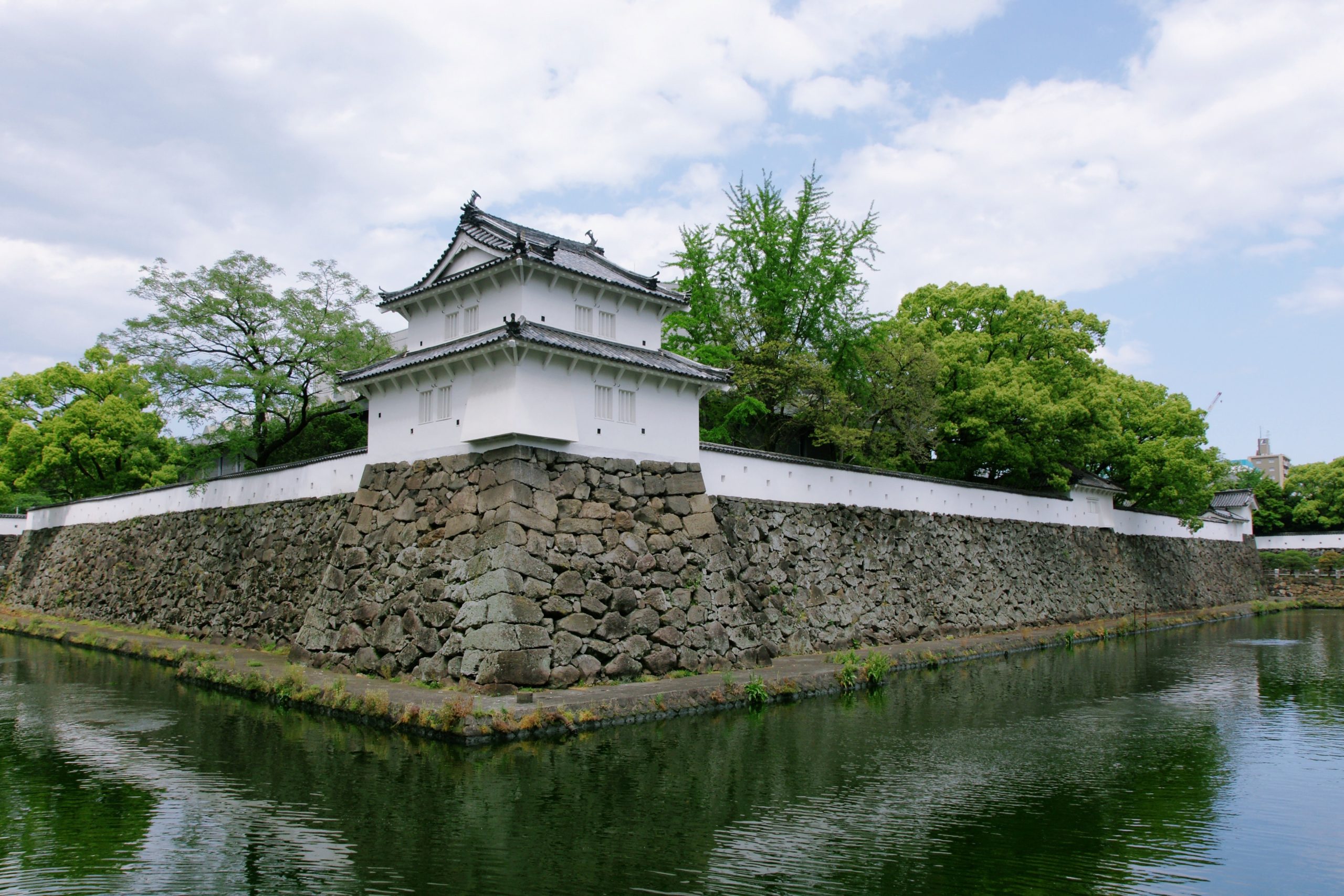
Beppu: Thermal Spring Oasis
Renowned for its array of onsen (hot springs), Beppu prides itself on the “Hells” of Beppu, an ensemble of distinctive thermal baths renowned for their variety and medicinal qualities, appealing to wellness-seekers worldwide.
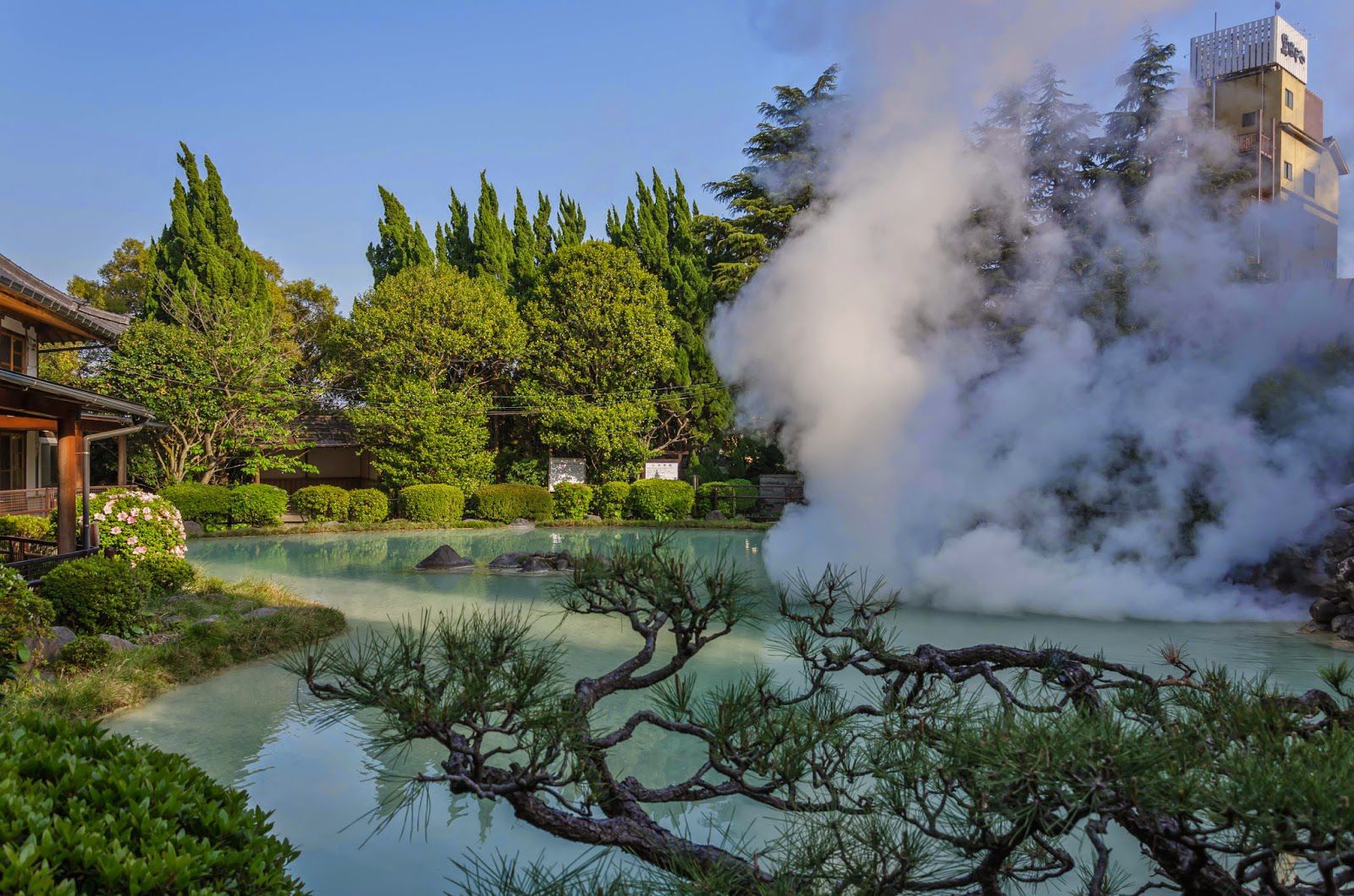
Mountainous Retreat: Yufuin
Located amid Oita’s mountains, Yufuin is a quaint town celebrated for its scenic landscapes, therapeutic hot springs, and local crafts. Visitors often wander through picturesque streets, explore the quaint Yufuin Floral Village, or indulge in a serene bath at one of its many onsen resorts.
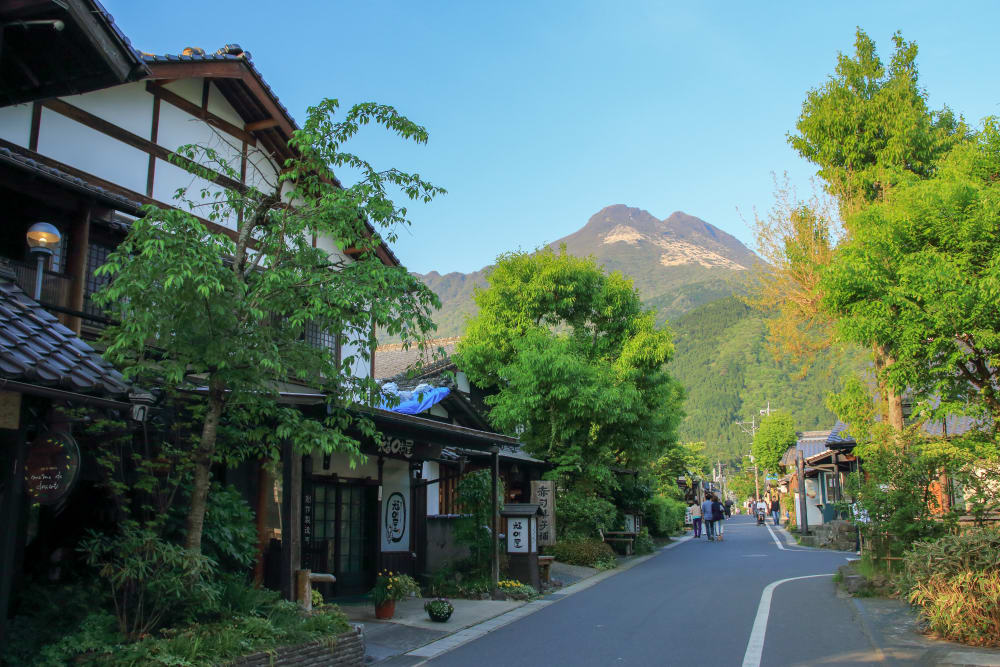
Historic Usuki
Usuki, a charming coastal town, is steeped in history with its renowned Usuki Stone Buddhas from the 12th century. Visitors can ascend to the remnants of Usuki Castle to behold breathtaking seaside vistas.
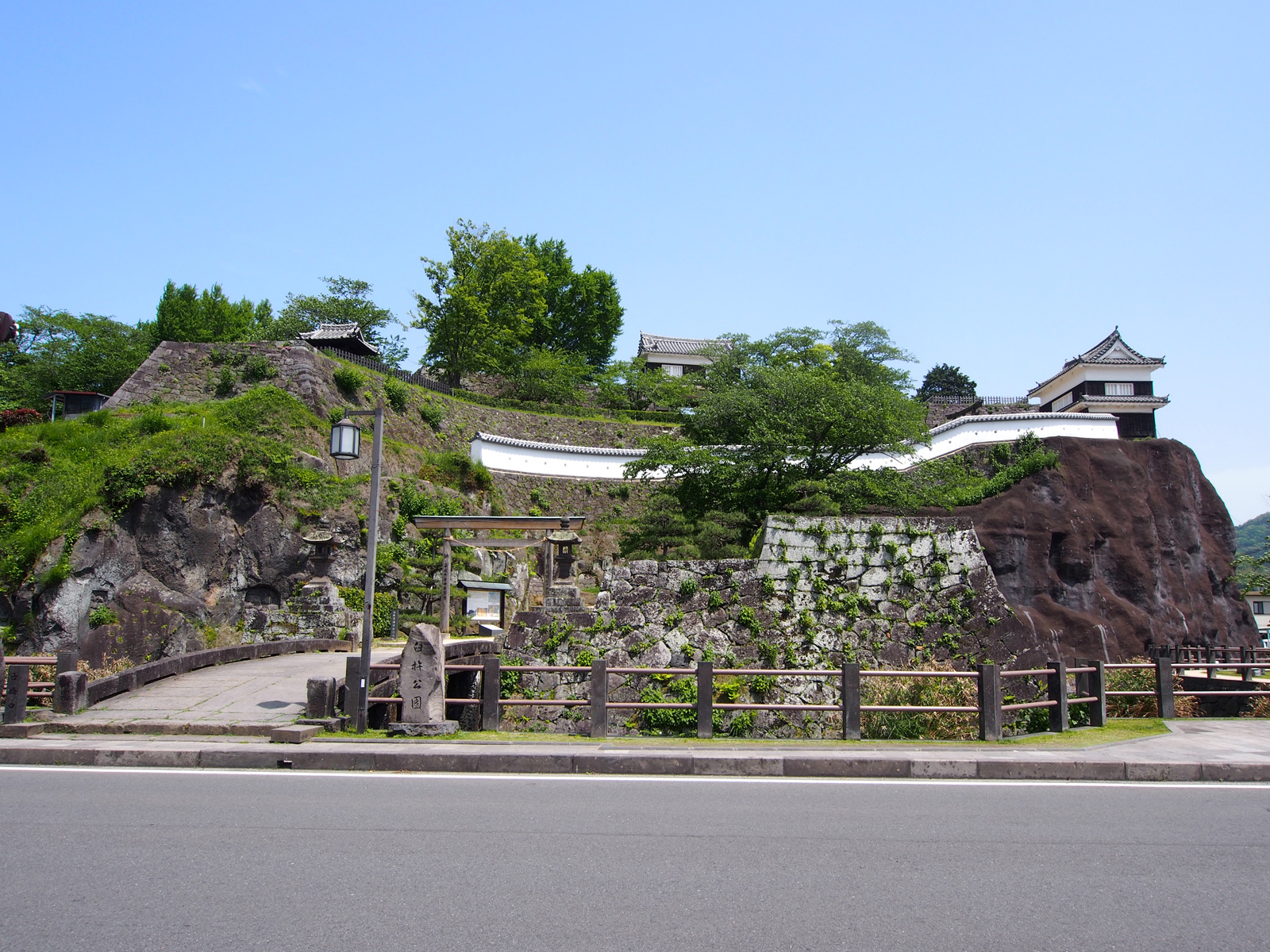
Cultural Gem: Hita
Situated along the Mikuma River, the town of Hita is lauded for its Edo-era architecture and cultural heritage. It’s home to the Hita Gion Yamaboko Float Museum, which showcases the town’s storied floats, an integral part of its celebrated annual festivities.
Thermal Baths and Healing Waters
- Relaxation: Thermal baths offer a serene space for unwinding.
- Ryokans: Traditional inns often feature private or public baths.
- Steam: Harnessing geothermal energy, these waters produce therapeutic steam.
- Japan’s Onsens: Scattered throughout, they’re central to local wellness culture.
Exploring Beppu’s Natural Wonders
Geothermal Marvels of Beppu
Within the boundaries of Beppu, visitors encounter a spectrum of geothermal springs, referred to colloquially as the “hells.” These springs, not suitable for bathing due to their extreme temperatures, still offer a sightseeing spectacle. Each spring showcases unique characteristics – for instance, the striking red hue of one is attributed to the iron oxide content, while another’s ethereal white appearance comes from dissolved calcium carbonate. Access to these wonders is streamlined with a pass that grants entry to multiple sites.
Beppu’s Hot Sand Immersion
Beppu also boasts an immersive sand bath experience, prominently located in the Kannawa area. Here, one can burrow into sands warmed by geothermal heat, with temperatures soaring around 50 degrees Celsius. It’s believed that this natural treatment aids in boosting blood circulation and alleviating muscular discomfort. The Beppu Beach Sand Bath thus offers not only relaxation but also potential health benefits, making it a favored stop for those exploring the region’s therapeutic offerings.
- Beppu’s Specialty: Witness the eye-catching “hells,” each with distinct visual and geothermal qualities.
- Therapeutic Sands: Unwind in the heated sands of Kannawa, embracing the reputed health effects of this novel spa-like experience.
The Allure of Yufuin
The Hot Springs of Yufuin
Renowned for its geothermal waters, the hot springs in Yufuin are a beacon of tranquility and wellness. Abundant in minerals, these therapeutic springs have long beckoned travelers seeking solace and restoration. One can immerse in the communal baths or select accommodations like a ryokan that offer a more private onsen experience.
- Mineral Content: High in therapeutic properties
- Accommodations: Options including ryokans with private onsens
- Experience: Communal and private bathhouses for rejuvenation
Kinrin Lake
The serene Kinrin Lake, set at the conclusion of Yufuin’s prime promenade, is famed for its hot spring origins. Visitors often marvel at its mirror-like surface reflecting the vibrant hues of fall foliage, or during other seasons in its own tranquil charm. Activities include leisurely lakeside walks or gentle boat rides, providing unique perspectives of the surroundings.
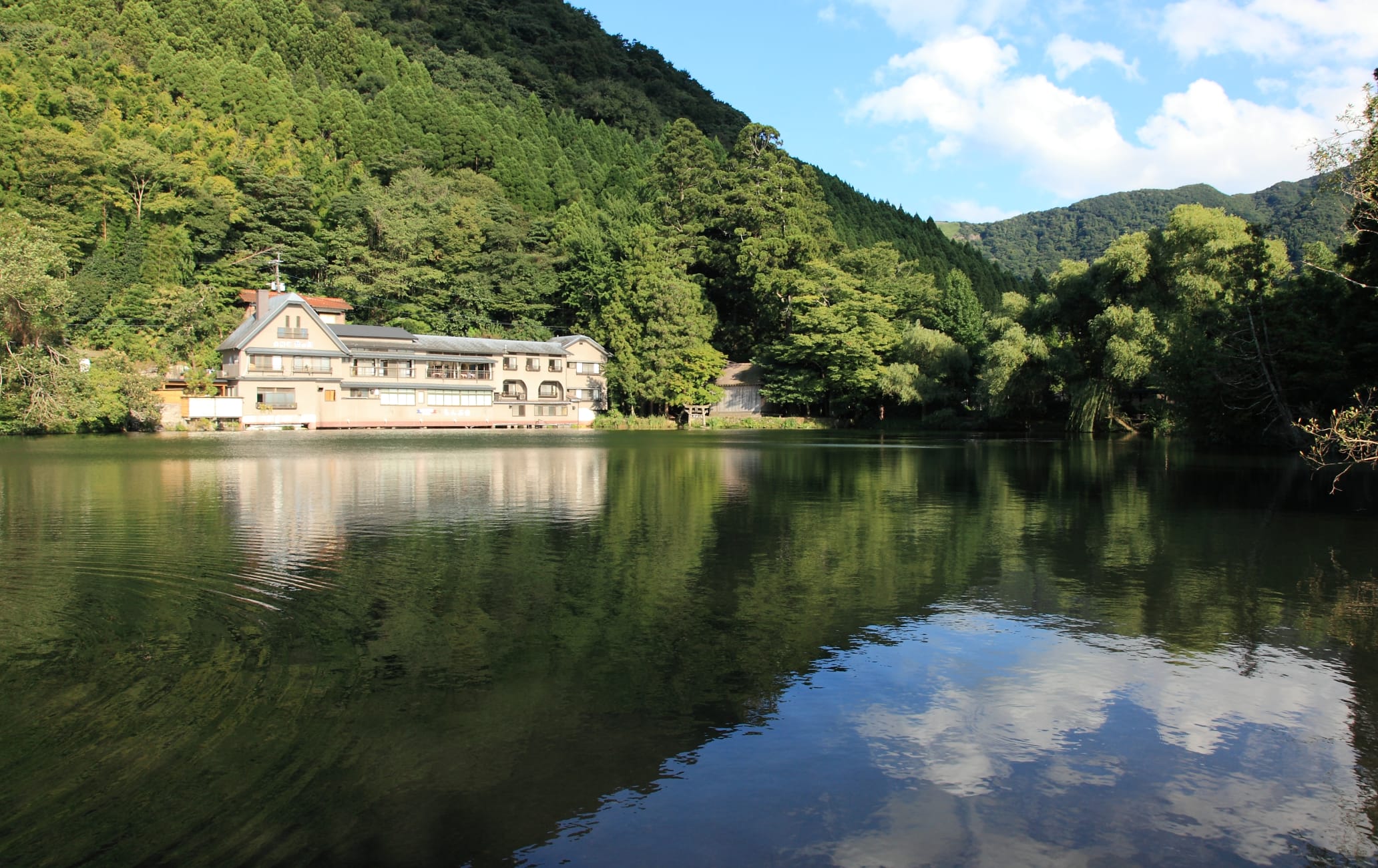
- Natural Beauty: Enhanced by seasonal changes, particularly striking in autumn
- Activities: Lakeside strolls and boat rentals
- Hot Springs Source: Fed by natural geothermal waters
The Botanical Delights of Yufuin’s Floral Hamlet
Nestled within Yufuin, the Floral Hamlet is a testament to botanical splendor. A diverse array of flora is on display, intermingled with quaint shops and workshops. Visitors can delve into the art of flower arrangement or browse for botanical-themed mementos, with the flower gardens bursting in a kaleidoscope of colors during spring and summer.
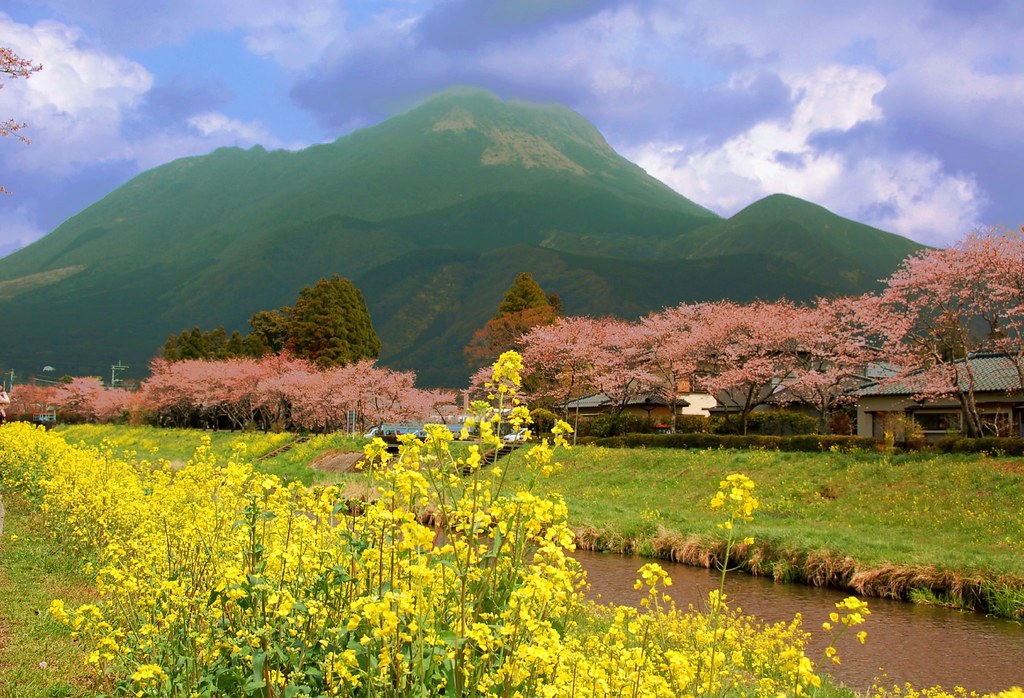
- Features: Workshops, markets, and picturesque gardens
- Peak Seasons: Spring and summer for the full floral showcase
- Activities: Educational experiences in floriculture and shopping opportunities
Landmarks of Historical Significance and Cultural Heritage
Carved Buddhas of Usuki
The town of Usuki boasts a remarkable Stone Buddha Park, which is home to an array of intricate Buddha carvings. These impressive figures have been sculpted into the natural mountainous landscape’s cliffs and are recognized for their artistry and heritage value. They stand as a powerful testament to Japan’s Buddhist art reaching back to the 12th century, showcasing various Buddha postures. The park features many remarkable figures, such as the 11-faced Kannon and the towering Dainichi Nyorai, cherished as cultural treasures.
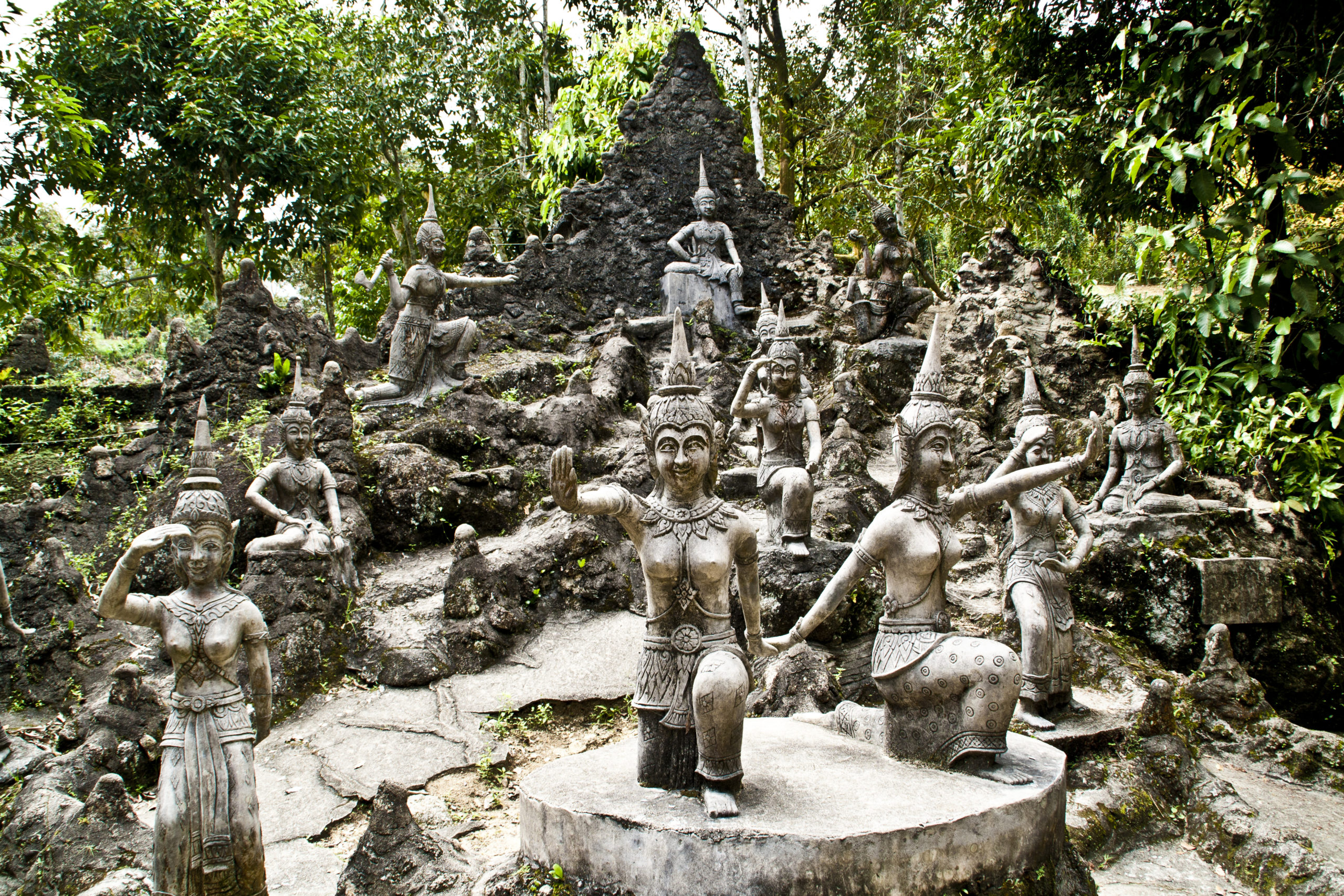
- Notable statues: 11-faced Kannon, Dainichi Nyorai, Amida Nyorai
- Designation: Several figures are registered as National Treasures
Oita’s Fortress: The Remnants of Funai Castle
In the heart of Oita City lie the remnants of Funai Castle, a fortification dating to the 16th century, telling tales of Japan’s feudal history. Constructed by the feudal warlord Otomo Sorin, the castle is among the rare fortresses whose original keep remains intact. Visitors to the site can explore the history at the adjoining museum or meander through the serene gardens that envelop the ruins.
- Builder: Otomo Sorin
- Current Attraction: Museum exhibits and scenic gardens
Artistic Expression at Oita Prefectural Art Museum
Art enthusiasts find solace in the collections of the Oita Prefectural Art Museum, housing an array of artistic works ranging from local to internationally recognized artistry. Its diverse assortment spans over 5,000 pieces, including modern and traditional disciplines, as well as periodically hosted special exhibits that draw visitors year-round.
- Exhibits: Paintings, sculptures, ceramics
- Highlights: Works by local artists, temporary exhibitions
Outdoor Pursuits
Exploring the great outdoors in Oita prefecture promises an array of activities for nature enthusiasts.
- Scaling Peaks in Yufu: Visitors can conquer the trails leading to the summit of Mount Yufu, where they’ll be rewarded with panoramic vistas encompassing the region’s verdant landscapes and soothing hot springs.
- Sand Spa Experience in Beppu: A novel relaxation method awaits in Beppu, where guests immerse themselves in the geothermal sands, reputed for their therapeutic properties.
- Floral Exhibitions: At Kuju Flower Park, a spectrum of vibrant flowers blooms seasonally, offering a tranquil retreat among cherry blossoms and other floral delights.
- Wildlife Encounters: Takasakiyama Natural Zoo provides a unique chance to observe over a thousand free-roaming monkeys in their natural habitat, offering insight into the lives of these intriguing animals.
- Marine Wonders: Journey through Oita Marine Palace Aquarium Umitamago, where aquatic creatures from dolphins to penguins display the diversity of ocean life.
- Cherry Blossom Festivities: The arrival of spring in Oita prefecture is marked by cherry trees blossoming into hues of pink, creating an enchanting atmosphere throughout its parks.
- Bridging Valleys: Bold adventurers can traverse the Kokonoe Yume Grand Suspension Bridge, a remarkable feat of engineering that offers expansive views of the region’s rugged terrain.
Whether seeking the challenge of a mountain hike, the calm of floral parks, or the joy of animal encounters, Oita prefecture caters to all who wish to connect with nature in varied and colorful ways.
Local Cuisine
Oita prefecture’s culinary scene offers a fascinating mix of traditional flavors and innovative cooking techniques. Key highlights include:
- Tempting Chicken Tempura: Soy sauce-marinated chicken enveloped in a crispy flour and egg batter. This deep-fried delight is a popular dish among locals and visitors.
- Kabosu Citrus Delights: A sour citrus fruit essential in enhancing the taste of seafood. It works as a garnish or within dressings, adding a zesty twist to many Oita specialties.
- Beppu Hot Springs Hot Pot: Utilizing the region’s famous hot springs, the hot pot created with Beppu’s unique mud is not only a culinary experience but also revered for its purported health advantages.
- Rich Soy Sauce Brews: With numerous breweries, Oita’s soy sauce is distinguishable by its deep, full-bodied flavor. Gourmets can explore the brewing techniques and savor a variety of soy sauces.
- Nutritious Barley Rice: A frequent accompaniment for an array of dishes, it’s prized for its nutty taste and satisfying texture, offering a wholesome substitute to traditional white rice.
- Spicy Miso Paste: A fiery blend of miso and chili peppers, this Oita special condiment pairs exquisitely with vegetables and adds a kick to meat preparations.
- Sweet Potato Treats: Lauded for its sweet potatoes, the region transforms this versatile ingredient into beloved desserts, often roasted or boiled and drizzled with syrup or honey.
In Oita, a diversity of eateries allows one to explore these traditional tastes, from quaint local stores to contemporary restaurants, each offering dishes at various price points suitable for any budget. Unique culinary gifts also abound, particularly for those looking to steam and savor the local cuisine at home.
Festivals and Events
- Yufuin Floral Village brightens the winter season with an enchanting display of twinkling lights.
- July in Beppu City buzzes with excitement during the Mamedamachi Gion Festival. Expect a lively event complete with dance, food, and shrine parades.
Exploring the Historical Kunisaki Peninsula Temples
Touring the Sacred Sites
A journey through the Kunisaki Peninsula offers a window into Japan’s profound spiritual past. The region is studded with ancient temples and shrines, shrouded by cultural mystique.
Travelers can marinate in tranquility amid the gardens and architecture of the renowned Futagoji Temple, praised for its historical significance from the Kamakura era. Then, there’s the magnificent Usa Jingu Shrine, devoted to Hachiman, embodying the spirit of martial prowess and divination through archery.
One cannot miss the awe-inspiring vision of countless Buddha statues perched within caverns throughout the area, silently narrating tales of the religious devotion that permeates the peninsula. Each visit to these temples and shrines peels back layers of history, offering an immersive plunge into the nation’s ancestral beliefs and practices.
Essential Considerations
- Visitation Timing: To ensure a serene visit, schedule around Golden Week and Obon.
- Service Quality: Non-peak periods often result in more attentive staff.
- Signage Clarity: With fewer tourists, navigating through Oita’s attractions is straightforward.
